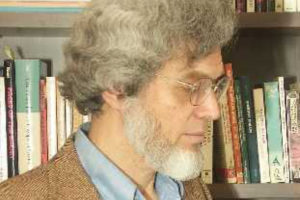Knowing true history of U.S. can help us avoid mistakes from the past
May is Asian American and Pacific Islander Heritage Month. To fully honor those resilient and brave Americans, it is our duty to learn more about our nation’s past and current relationship with them.


